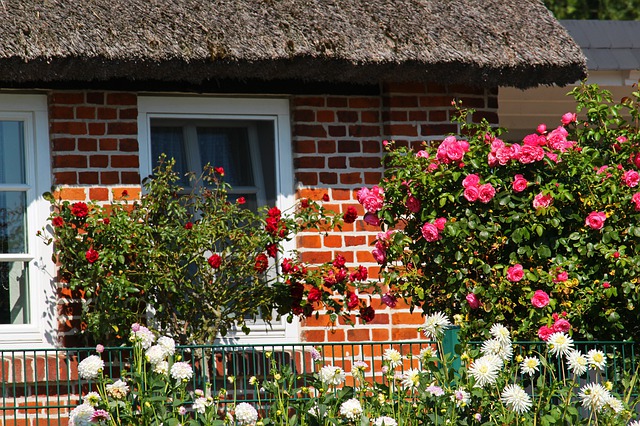Introduction
Insulating a garage ceiling can provide numerous benefits, such as reducing heat loss, improving energy efficiency, and minimizing noise transmission. By insulating the ceiling rafters, you can create a more comfortable environment inside the garage and even save on energy bills. In this article, we will explore the steps and materials required to effectively insulate a garage ceiling.
Materials Needed
Before you begin insulating your garage ceiling rafters, gather the following materials:
1. Insulation: Choose an insulation material suitable for your needs. Common options include fiberglass batts, mineral wool, or spray foam insulation.
2. Vapor Barrier: A vapor barrier helps prevent moisture from entering the insulation. Use a plastic sheet or a special vapor barrier material.
3. Safety Gear: Ensure you have safety goggles, gloves, a dust mask, and appropriate clothing to protect yourself during the insulation process.
4. Tools: You will need a utility knife, measuring tape, staple gun, ladder, and a straight edge for cutting insulation.
Steps to Insulate Garage Ceiling Rafters
Now that you have gathered the necessary materials, follow these steps to insulate your garage ceiling rafters:
1. Prepare the Garage: Clear the garage of any items that may obstruct your work area. Ensure the space is clean and free from debris.
2. Measure and Calculate: Measure the length and width of the ceiling to determine the amount of insulation material needed. Calculate the square footage by multiplying the length and width.
3. Install the Vapor Barrier: If your insulation requires a vapor barrier, install it before placing the insulation. Attach the vapor barrier to the ceiling rafters using a staple gun, ensuring it covers the entire area.
4. Cut Insulation: Measure and cut the insulation material to fit between the ceiling rafters. Use a utility knife and a straight edge to achieve precise cuts.
5. Install Insulation: Place the insulation between the ceiling rafters, ensuring a snug fit. If using fiberglass batts, gently press them into place. If using spray foam insulation, follow the manufacturer’s instructions for application.
6. Seal Gaps: Inspect for any gaps or openings in the insulation and seal them using additional insulation material or expanding foam.
7. Safety Precautions: Ensure all electrical wires and fixtures are safely covered and not in contact with the insulation. Take necessary precautions to avoid any fire hazards.
Conclusion
Insulating your garage ceiling rafters can significantly improve energy efficiency and create a more comfortable space. By following the steps outlined in this article and using the appropriate materials, you can effectively insulate your garage ceiling. Remember to consider safety precautions and choose insulation materials that suit your specific needs.
References
1. energy.gov
2. insulationinstitute.org
3. diynetwork.com
4. hgtv.com













